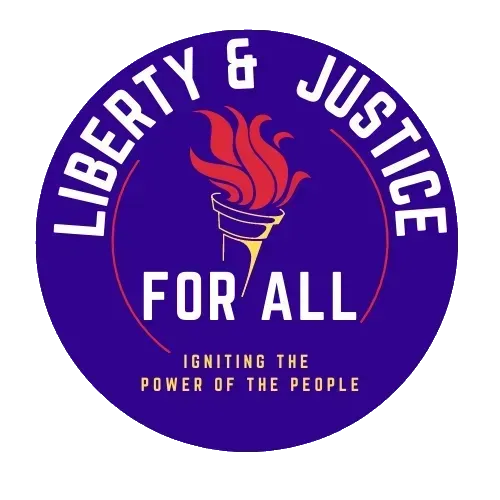
Chad Lewis
QUESTION: What’s more important for our city right now: building new homes and commercial space or rehabbing/expanding/better utilizing our existing homes and storefronts?
RESPONSE: As I am in the business of both constructing new homes as well as rehabbing existing housing I can say that both are important. Whenever you can update/rehab an existing home it can have multiple positive affects in the neighborhood. It improves the overall feel and look of the area and therefore a sense of community pride to the residents and it also preserves its historical significance to the city as whole. This method helps to minimize environmental impact by extending the lifespan of the home. Perhaps most importantly, it helps to prevent inner city decay and movement to the outer edges of a city, which also allows citizens to commute by foot and/or other modes of transport other than single occupancy vehicles, thereby reducing traffic and pollution. One of the downsides of this can be when you rehab existing homes you can see a drastic climb in prices of the area and therefore makes it more difficult for new families to move into the neighborhood. You will also see a “patchwork” effect whereby you have recently renovated structures next to ones in desperate need of repair. Property taxes may also increase and increase the burden on the homeowners nearby; many of who have lived in their homes for years and are on fixed incomes and cant afford it. It is important to note the influx of large numbers of new residents to our city has lead to a lack of inventory to do this on a large scale. This is where the benefits building new developments can be significant. You are able to have uniform pricing and planned growth. You can plan and build multi-unit developments that incorporate housing for different levels of income as well as rentals and you can have planned commercial amenities.
Rehabbing residential areas and infill development helps make the abandoned commercial buildings more attractive to investors and helps to revitalize our downtown. New commercial development on the outer part of the city will be dictated by growth and we can help direct it by planning ahead where we would like to see new developments. Rapid City is largely governed by our challenging topography but we can still help mitigate that by planning ahead the direction we would like to see our city grow.
QUESTION: What is your perspective about annexation of the remaining areas of Rapid Valley? The city limit line is inconsistent. Stops south of Twilight but includes north of the highway to include Jolly Lane and the airport.hat is your perspective about annexation of the remaining areas of Rapid Valley? The city limit line is inconsistent. Stops south of Twilight but includes north of the highway to include Jolly La...
RESPONSE: The problem with those areas that lay outside city boundaries is that they are regulated by city zoning ordinances within one to three miles but they aren't allowed to vote in city elections. This is certainly is not equitable but it governed by state law and the only way they can gain voting rights in city elections would be by being annexed. Annexation would help with uniform growth in the area, but I am a strong believer in individual property owners rights and a lot of people have moved to the valley to avoid city regulation and therefore I would only annex those areas that want to be annexed and then only if we can provide the services that property owners have a right to expect, i.e., snow and garbage removal. There are currently areas that have been annexed that are not receiving the full services of the city and that isn't right.
QUESTION: If someone came to you with a proposal to build a new piece of public infrastructure in our city (road, bridge, etc.), how would you evaluate whether or not that project was worth implementing?
RESPONSE: I have never encountered anyone proposing just one piece of public infrastructure, they are always part of a larger project or development. Whenever a project is brought forth, it is the job of the city staff to determine whether it falls in the overall future use plan that was commissioned by the City of Rapid City circa 2014. By the time it makes it through the staff and the planning commission and it put before the council for a final vote, a lot of vetting has been done to evaluate it's benefit to the city. At that point, I have always done my best to respect the recommendations of that process and vote accordingly. Sometimes you will encounter a project that was denied further down the chain and brought to the council on an appeal. At that point I try my best to see if there is a way to say "yes" and allow the project to move forward without overburdening the tax payers.

